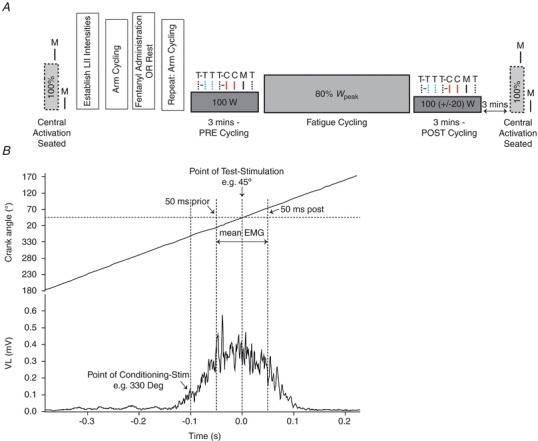Figure 1. Schematic illustration of stimulations elicited during exercise.

A, femoral motor nerve stimulation (M = MNS) delivered during maximum voluntary quadriceps contraction (MVC) and at rest was used to calculate voluntary activation (VA). Two sets of stimulations were elicited during the cycling exercise performed before (PRE) and immediately after (POST) the fatiguing trial. Note, the workload during POST was reduced to match the quadriceps EMG during PRE. Six types of stimulations were used in each set: paired stimuli in which the conditioning transcranial magnetic stimulation (T = TMS) pulse (CS) preceded the test TMS pulse (TST) or test cervicomedullary (C = CMS) pulse (TSC) by 100 ms (CS‐TST, dotted black and dotted blue line; or CS‐TSC, dotted black and solid red line), single TMS or CMS test pulse (TST, dotted blue line; or TSC, solid red line), single conditioning TMS pulse (CS, dotted black line) and M (solid black line). Stimulations were delivered in a random order and at the individually determined optimal crank position. B, the crank angle of the cycle ergometer was monitored continuously via a calibrated linear encoder mounted near the crank shaft. The point for overlaying and averaging was taken as the top dead centre of the 0–360° crank cycle (i.e. 0°). The corresponding point on the crank angle relative to the peak occurrence of the EMG was determined and CS was delivered 100 ms prior to this point, such that the test stimulus eliciting the conditioned or unconditioned response would always occur at peak EMG.
